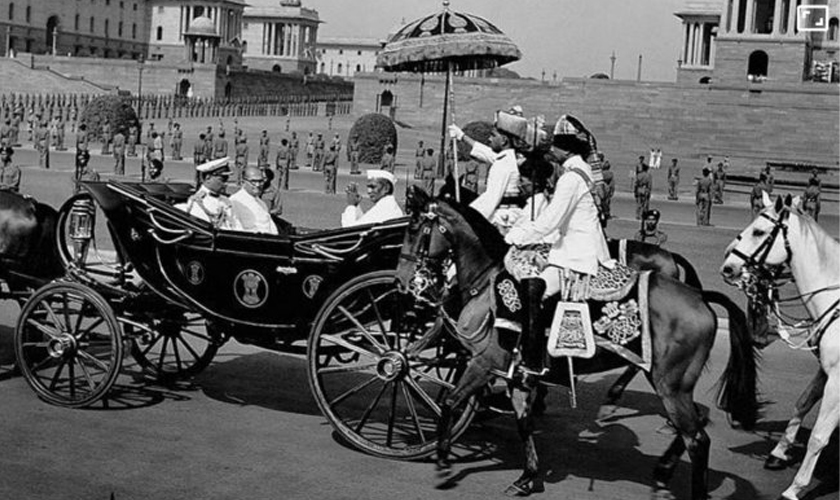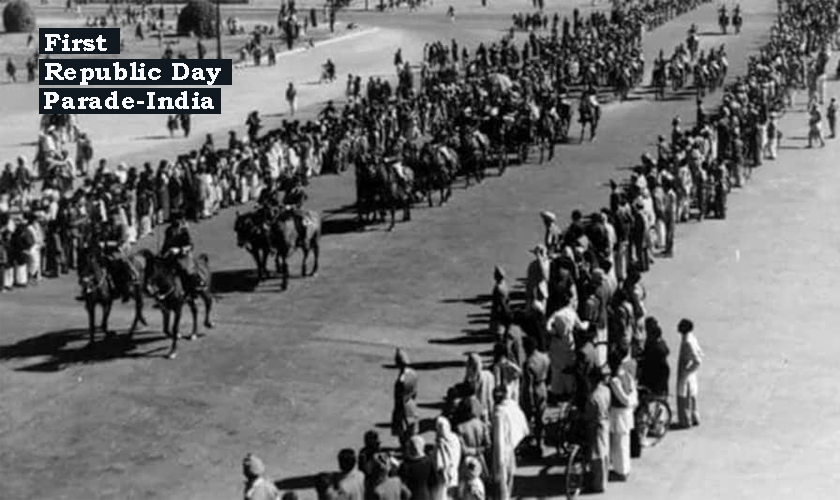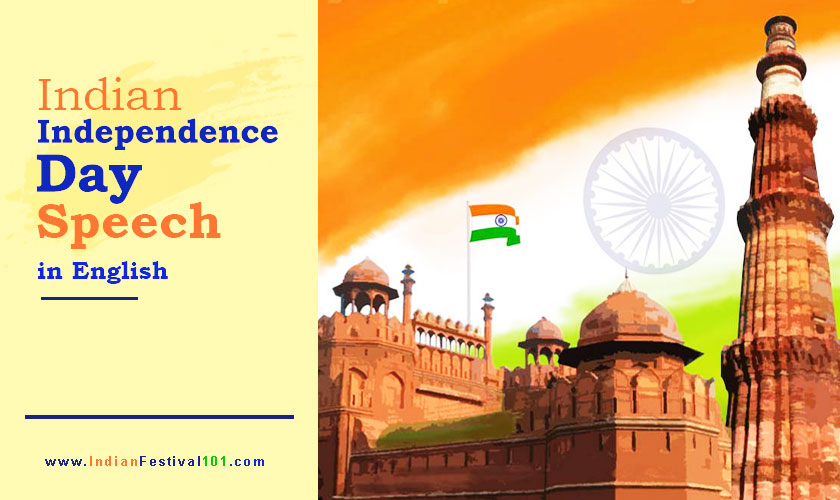January 26, 1950, the day Thursday. Every Indian knows and understands the importance of this day of 26 January. Even ahead of independence, this festival of forging our constitution. Our governance is celebrated every year. There have been many changes in the Republic Day celebrations in these 75 years.
26 January or Indian Republic Day is significant for every Indian when patriotism among the citizens is at its peak. People dress in tricolour to celebrate this occasion. Holding the tricolour of the Indian national flag in their hand. From school to government headquarters, our tricolour flag is hoisted in the morning. We are here to know about the Republic Day celebration, history and significance in a little more detail.
History of Indian Republic Day

Dr Rajendra Prasad was unanimously elected as the first President of the country by the Constituent Assembly just two days ago i.e. on January 24, 1950. The most important event of January 26, 1950, was… the swearing-in of the first President of India. With this swearing-in, the entire structure of India’s power changed. On this day, after taking the oath, the President administered the oath to his Prime Minister and cabinet. In this way, India’s first self-styled and constitutional government came into existence.
First Republic Day Parade

The first Republic Day Parade was in Irwin Stadium now Major Dhyan Chand Stadium. In the first Republic Day parade, only 15000 people attended this event but the count grew every year.
Significance of Indian Republic Day
On this day, India has become a sovereign Republic with the right to form its government. This was the day when the Constitution of India came into existence and the transition of the country from a British Dominion to a republic took place. This happened in the year 1950, three years after India gained independence. Every year, this day is celebrated with great pride and excitement.
Republic Day: A National Festival of India
Republic Day is among the three national festivals of India. The festival is celebrated all across India with full patriotism. On the eve of Indian Republic Day, the President of India addresses the nation as per the protocol. The award ceremony on Republic Day is a proud moment for all Indians. The names of the Padma awardees are announced on the eve of Republic Day. Gallantry and bravery awards are given away to armed forces personnel and civilians.
There are certain things we see only on the Republic Day celebration at India Gate. Tableau from various ministries and states catch the attention of everyone. this shows the diverse Indian culture. Armed forces and military weapon shows the Indian strength. India’s achievement is demonstrated on the Kartavya Path.
Republic Day Celebration in India
The grand Republic Day celebration takes place in Delhi. The preparation for the Indian Republic Day celebration at Kartavya Path starts 6 months before. Band-music tunes, juggling, floats, and a parade of soldiers.
Like the Indian Independence Day celebration at Red Fort, the Indian Republic Day celebration at India Gate is memorable for everyone. If you want to enjoy the Republic Day parade and celebration you should book your seat and attend this celebration at Kartavya Path, India Gate Delhi on 26 January every year.
At the state level, the Governor unfurls the flag in the state capital and also gives a speech highlighting topical issues facing the respective state. The Chief Minister of the state hoists the flag in the district headquarters.
Republic Day is also celebrated at all the district and sub-divisional headquarters of the state. The Governor takes the salute at the march-past led by the armed forces.
Cultural Program
Indian Diversity is incredible. We can see people from different states performing activities and representing different cultures and traditions at Indian Gate. We can say that the whole nation can be seen at the Indian Gate during the Republic Day celebration.
Republic Day Parade
Republic Day parade can be seen at various locations in the country: different states, district headquarters, and schools. The iconic Republic Day parade is held at India Gate in Delhi. Know more: Republic Day Parade in India.
Interesting Facts: Indian Republic Day
Republic Day: A Celebration of Democracy
1. Commemorating the Constitution: Republic Day is celebrated on January 26th to honour the day in 1950 when the Constitution of India came into effect. It marks the transition of India into a sovereign republic. The Constitution, with its emphasis on justice, equality, and liberty, is at the core of the celebrations.
2. Beating Retreat Ceremony: The Beating Retreat Ceremony, held on January 29th, is a spectacular event that officially concludes the Republic Day celebrations. It takes place at Vijay Chowk in Delhi and involves performances by the three wings of the Indian military, showcasing their discipline and coordination.
3. Guest of Honor Tradition: Republic Day is not just a national celebration but also an international event. Every year, a prominent foreign dignitary is invited as the Chief Guest for the Republic Day parade, symbolizing India’s diplomatic ties and global stature.
FAQs
What date is India’s Republic Day?
India’s Republic Day is celebrated on January 26th each year. It marks the day in 1950 when the Constitution of India came into effect, officially making India a republic and replacing the Government of India Act (1935) as the governing document of the country.
Why is Republic Day so important other than Independence Day?
Mere independence from the British was not enough…we had to decide how India would be governed. We all know that on August 15, 1947, India got freedom from British rule. But just getting freedom was not enough. Liberation from British rule meant India had to set up its governance system. That is, it was necessary to transfer the power of power from the British government to the President of India. But till that time there was no fixed structure of India’s governance system.





